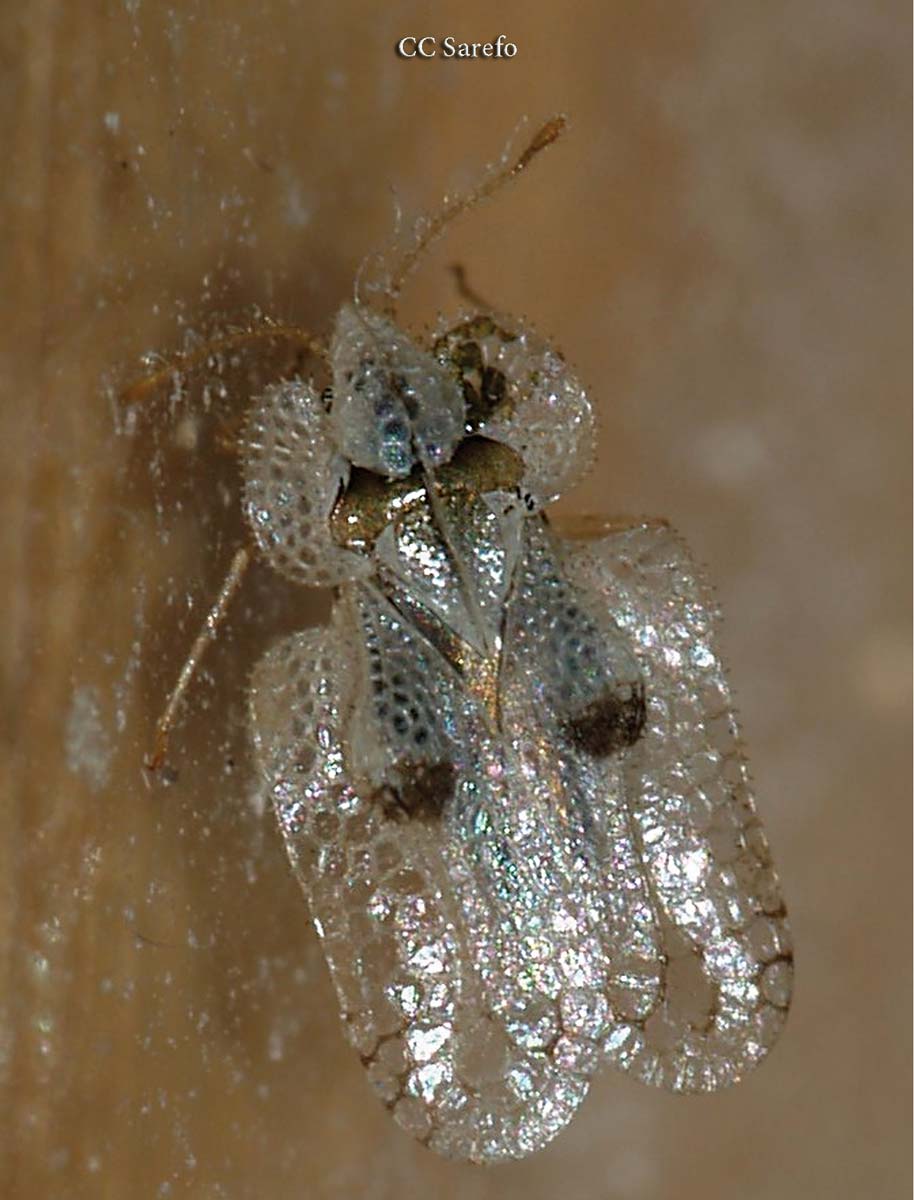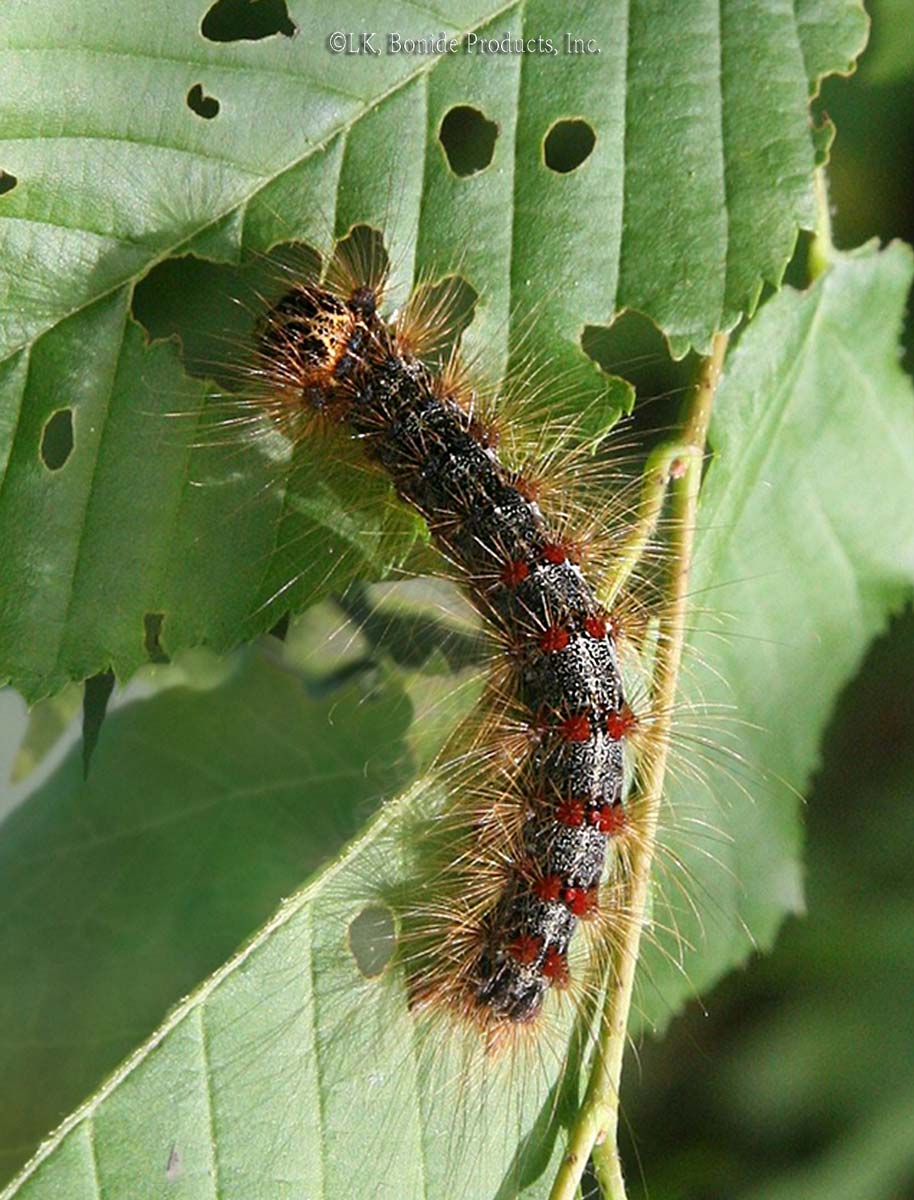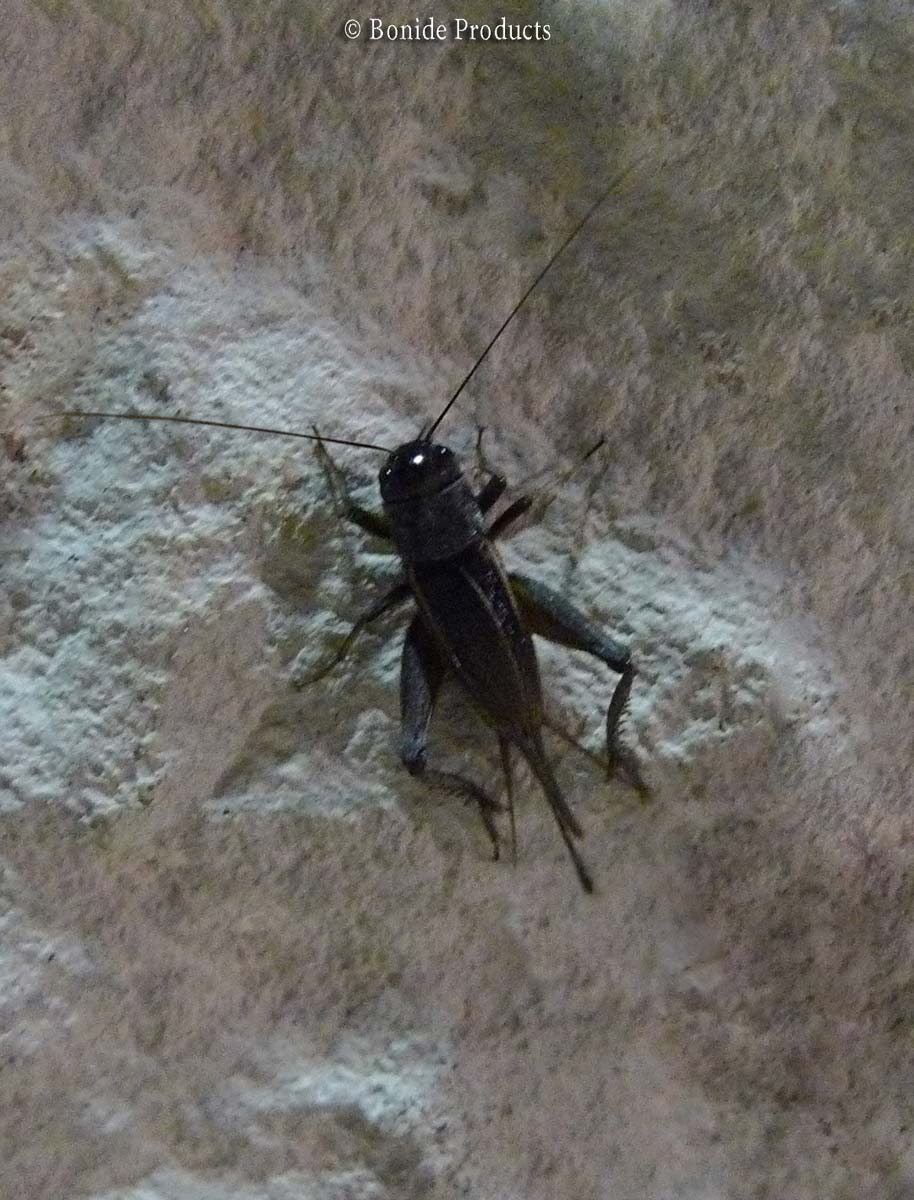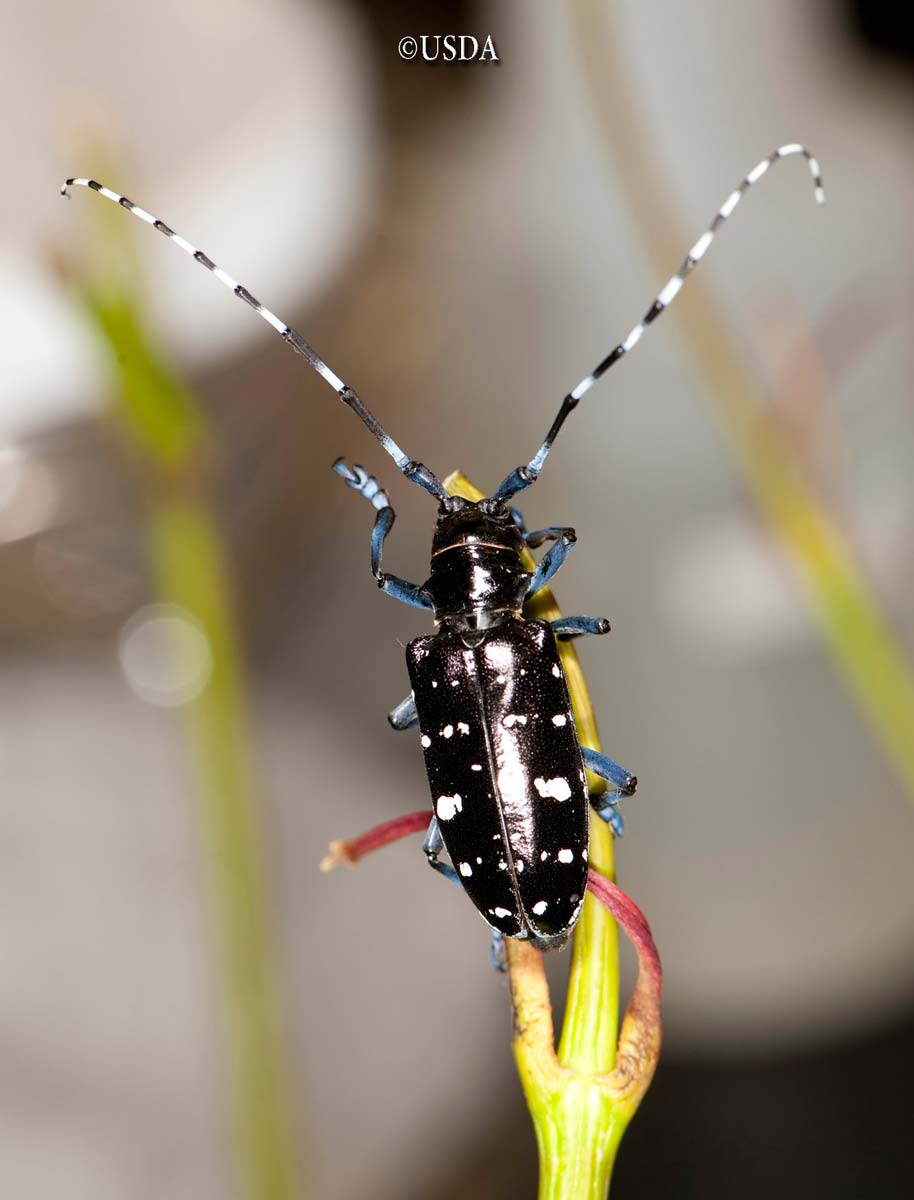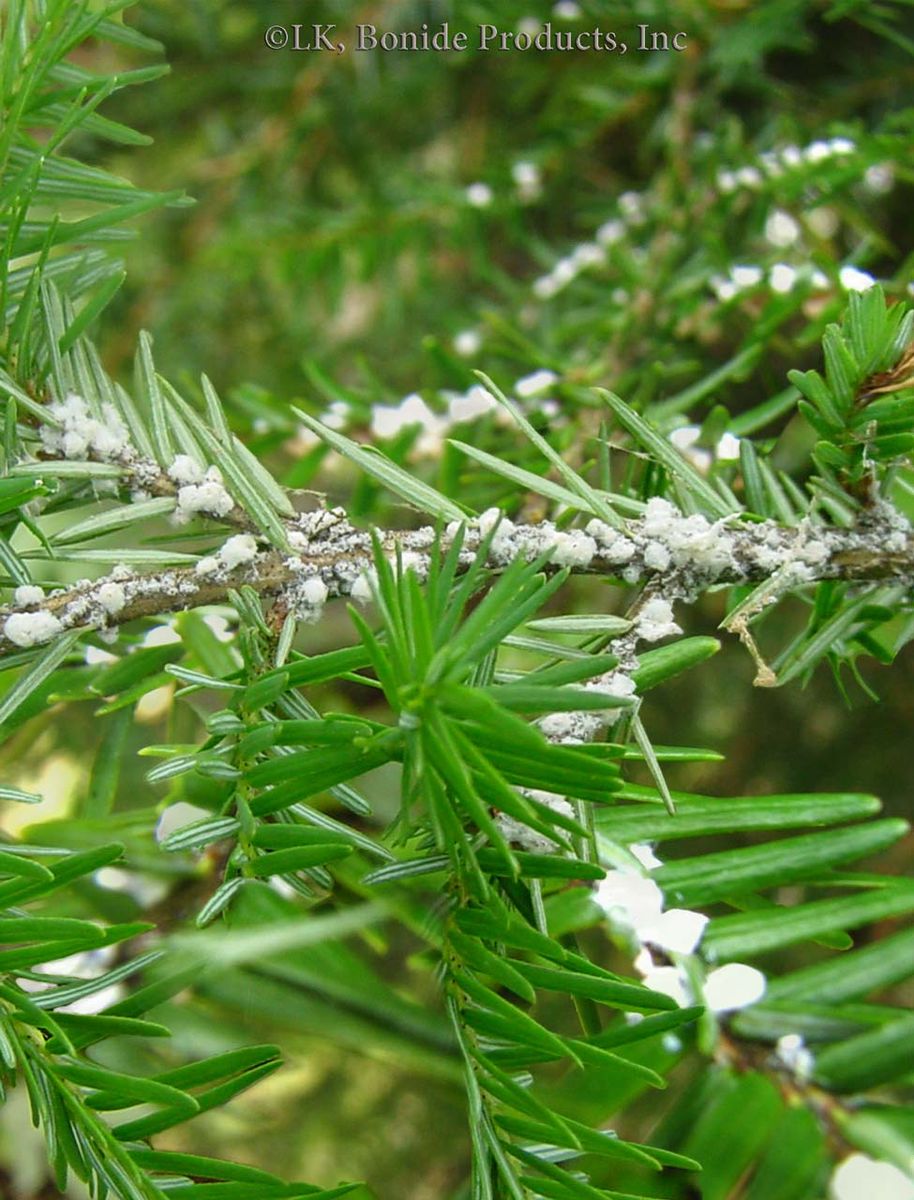Leafhoppers
There are some 2,500 species of these small, agile, wedge-shaped insects; many types are handsomely colored and patterned. Both adults and nymphs, which look like wingless or short-winged adults, suck sap from leaf undersides. Some species favor just one kind of plant, while others enjoy a wide variety. Leaf hoppers run sideways when disturbed and, … Read more

